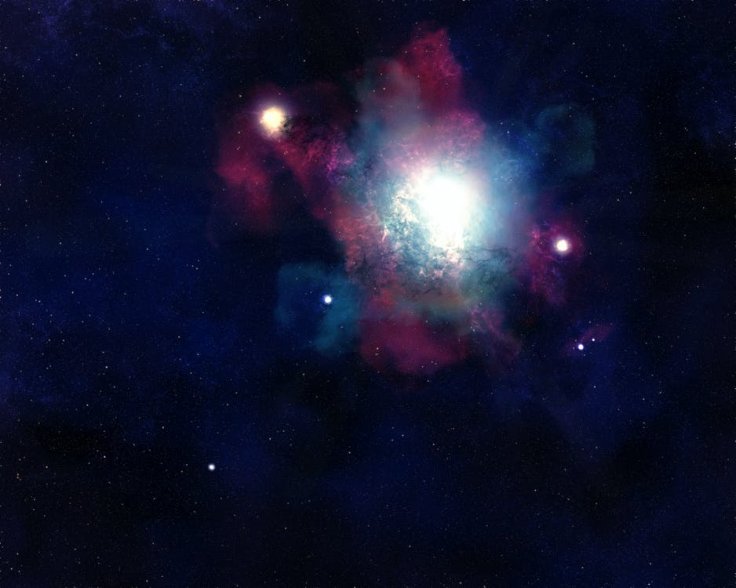Researchers believe artificial intelligence (AI) can help find signals of life beyond Earth as a new machine learning method found eight previously undetected "signals of interest".
These signals are coming from five stars near to Earth. It could possibly indicate alien intelligence on other worlds. Scientists have been struggling to find technosignatures because there are so many interesting candidates.
Now, researchers equipped with the new system will be able to comb through the vast amount of data that has been coming from the universe. It will help find signals that might be of interest. Researchers will be able to filter out false positives when instruments pick up interference from human technology.

Promising Signals
The new system has already found eight promising extraterrestrial intelligence signals of interest that have not been identified. But scientists say repeated observations have not resulted in the re-detection of signals.
Most of the search for technosignatures focused on radio frequencies. This is because they travel easily through space and systems for sending and detecting them can be built relatively easily. The researchers looked for narrowband radio signals. It can be easily picked apart from natural radio emissions. It should be noted that the new system scouted through data that has been collected on the radio signals.
Scientists found almost 3 million signals of interest in 115 million snippets of data. But researchers say this is an overcount because many of the signals come from interference. They were left with only 20,515 signals, and of these, only eight signals of interest grabbed their attention.

No Conclusion
However, scientists have not made any conclusion on these eight signals of interest – whether these were genuinely produced by extraterrestrial life or not. Researchers urged scientists to continue examining the targets and find out where the signals come from.
Franck Marchis, a planetary astronomer at the SETI Institute in Mountain View, California, said this is a new era for SETI research that is opening up because of machine-learning technology. Sofia Sheikh, an astronomer at SETI Institute, said the biggest challenge for them is differentiating signals from human or Earth technology from the kind of signals they have been looking for from technology somewhere else out in the galaxy.
The astronomers shared that going through millions of observations manually, isn't practical. They said using algorithms that look for signals matching what other researchers think alien beacons could like is a common alternative approach. But then, the algorithms can overlook potentially interesting signals that are different from what astronomers expect. Machine-learning algorithms make it easier as they can learn to recognize features.









